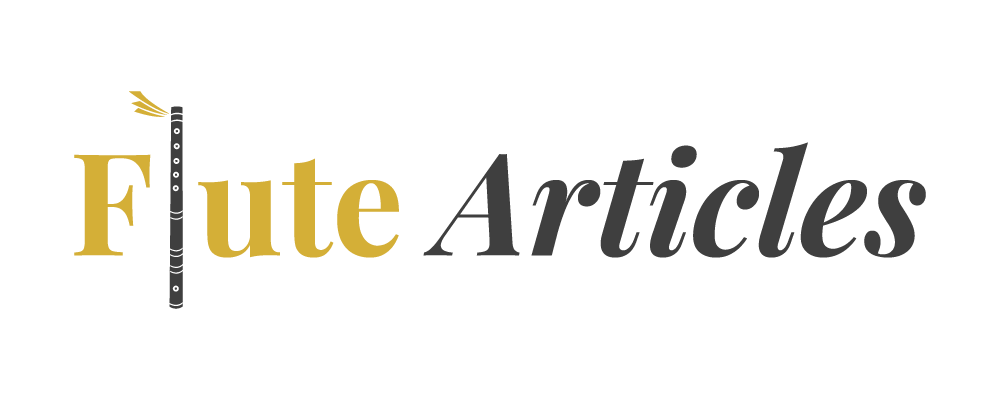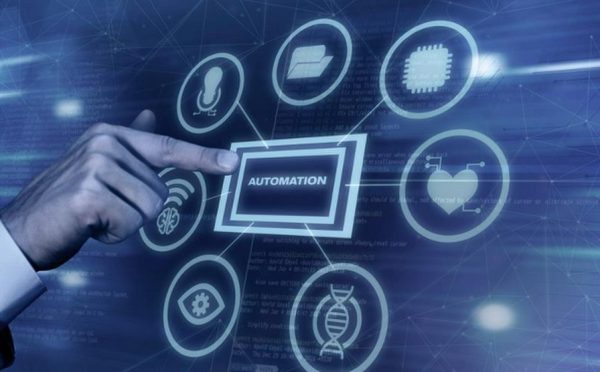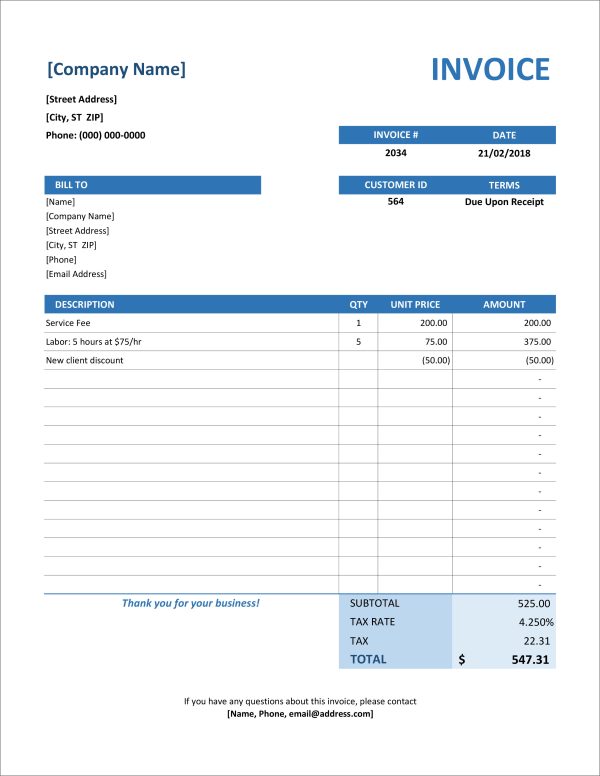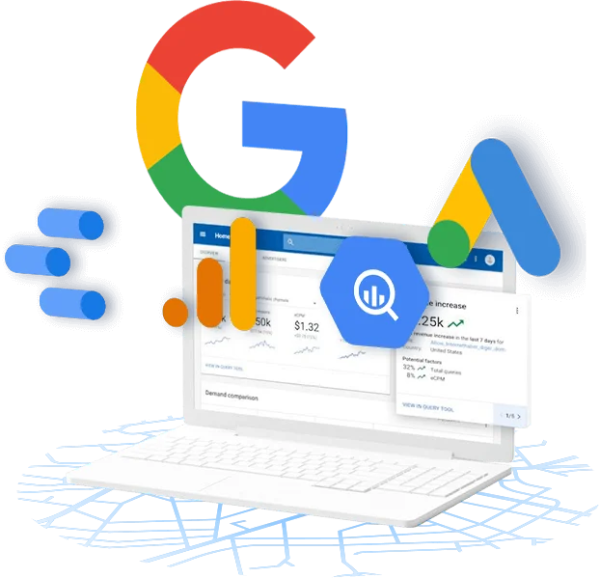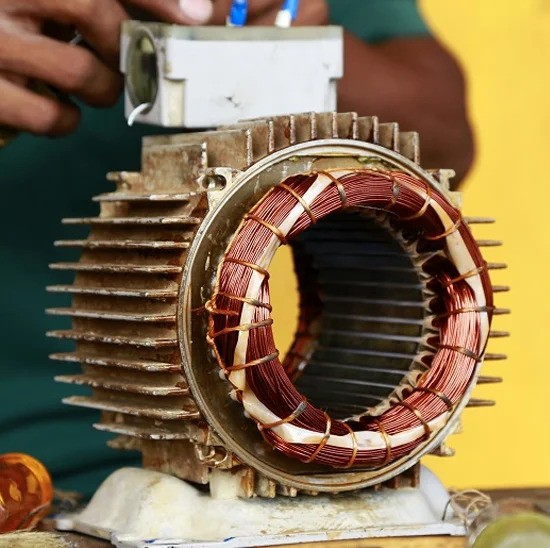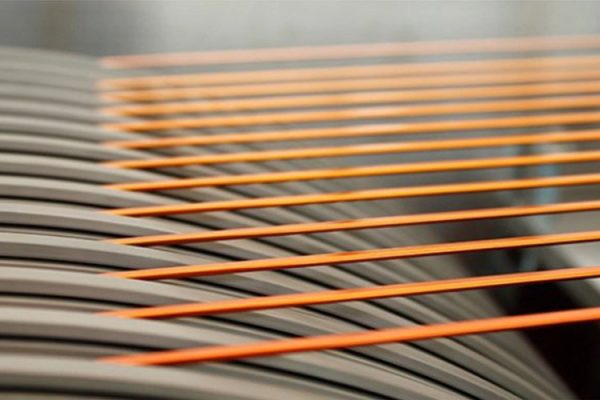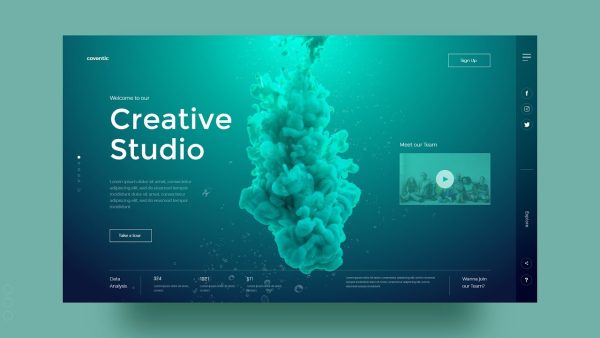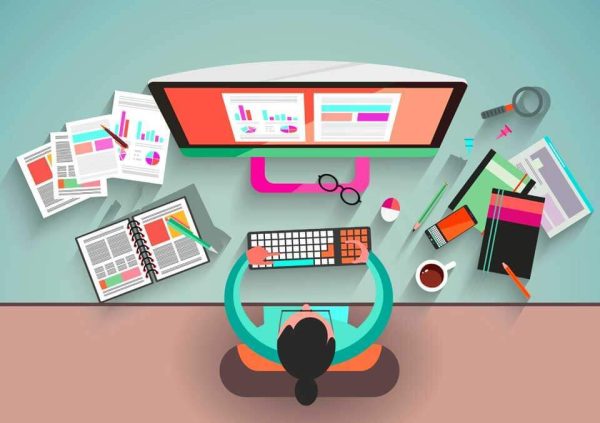The agriculture industry is experiencing a transformative shift. As the global population continues to rise and climate unpredictability intensifies, traditional farming methods struggle to meet the demand for efficiency, sustainability, and scalability. In this evolving landscape, custom IoT solutions are emerging as a game-changer—turning conventional agriculture into intelligent, data-driven ecosystems.
From soil sensors to automated irrigation, smart farming technologies powered by the Internet of Things are reshaping how crops are grown, managed, and harvested. Customization is key here—because no two farms, crops, or geographies are the same. A well-tailored IoT architecture allows farmers and agri-tech firms to control inputs, optimize operations, and make decisions based on real-time insights rather than guesswork.
This article explores the role of custom IoT applications in agriculture, including their core features, trends, benefits, costs, and future impact. It’s a comprehensive guide for agri-business owners, farm technology providers, and investors looking to capitalize on precision agriculture.
Core Features of IoT in Smart Farming
Soil Condition Monitoring and Nutrient Optimization
Custom IoT systems use soil sensors to measure pH levels, moisture content, temperature, and nutrient availability. These sensors are deployed across fields to collect localized data that is sent to a cloud dashboard.
With real-time access to soil conditions, farmers can fine-tune their fertilization and irrigation strategies. This not only ensures healthier crop growth but also prevents overuse of resources like water and chemicals, improving yield while maintaining ecological balance.
Precision Irrigation and Water Management
Water scarcity is a major challenge in agriculture. IoT-enabled irrigation systems use environmental data and weather forecasts to control water release with high accuracy. Drip irrigation lines, sprinklers, or pump systems are activated automatically based on soil moisture thresholds and crop requirements.
By reducing water wastage and ensuring timely hydration, farms can lower operational costs and maintain consistency in crop quality—especially important for water-intensive crops and drought-prone areas.
Livestock Tracking and Health Monitoring
Custom IoT solutions are also revolutionizing animal husbandry. Wearable devices track livestock movement, feeding patterns, and vital signs like body temperature or heart rate. The data is analyzed to detect early signs of illness, stress, or abnormal behavior.
This proactive health monitoring reduces mortality, improves breeding management, and allows farmers to intervene before minor issues escalate—saving costs and ensuring better livestock welfare.
Climate and Weather Adaptation Systems
IoT weather stations collect hyper-local climate data such as rainfall, humidity, wind speed, and UV exposure. This information helps forecast weather events and adjust farm activities accordingly. For instance, harvesting can be delayed in the case of expected storms, or greenhouse ventilation systems can be triggered based on internal heat and external conditions.
Smart climate adaptation ensures operational agility and minimizes crop loss due to unforeseen weather fluctuations.
Crop Growth Analytics and Yield Forecasting
Cameras, drones, and optical sensors gather real-time imagery of crops, identifying signs of pest infestations, disease, or nutrient deficiency. When integrated into a custom IoT platform, this visual data is analyzed using AI to assess plant health and growth stages.
Farmers gain predictive insights into harvest readiness, expected yield, and optimal intervention timings. This improves planning, inventory management, and market timing for agricultural products.
Equipment and Machinery Automation
IoT enables the automation of tractors, harvesters, and planting machines. Sensors track machine usage, fuel consumption, and performance metrics. Additionally, geofencing ensures that automated equipment stays within operational boundaries.
The automation of labor-intensive tasks reduces dependency on manual labor, increases consistency, and improves safety in large-scale operations.
Emerging Trends in Smart Agriculture IoT
Vertical Farming and Controlled Environments
Urban agriculture is rising with vertical farms and hydroponics. IoT devices control lighting, temperature, nutrient delivery, and CO₂ levels in these enclosed systems. The automation ensures crops grow in optimized conditions, maximizing output per square foot.
These systems are especially valuable in cities where land is scarce and food transportation costs are high.
AI-Powered Decision Support
Custom IoT platforms are increasingly integrating machine learning to analyze historical farm data and improve predictive accuracy. These systems recommend crop cycles, pest control actions, or fertilization schedules based on past performance, weather models, and soil conditions.
Such AI-driven recommendations help in reducing guesswork and improve decision-making for better ROI.
Blockchain for Farm-to-Table Transparency
Consumers and retailers want transparency. IoT devices track produce from the moment it’s harvested to when it reaches the shelf. Combined with blockchain, this tracking builds trust and ensures traceability in case of recalls or contamination.
This trend is gaining traction among exporters and organic producers where proof of quality is essential.
Sustainable Farming and Carbon Footprint Monitoring
Environmental stewardship is no longer optional. IoT sensors help monitor greenhouse gas emissions, chemical runoff, and biodiversity impact. Farmers can adjust their practices based on data, generate sustainability reports, and qualify for green certifications or carbon credits.
Data-driven sustainability aligns operations with global ESG expectations.
Edge Computing for Instant Insights
Edge computing processes data locally on the farm, reducing latency and reliance on internet connectivity. This is particularly useful in remote agricultural zones where bandwidth is limited.
With edge devices, farmers get instant insights and alerts—even without stable cloud access—ensuring continuous operations.
Customization Over One-Size-Fits-All
Every farm operates differently. The shift is toward IoT software development that is tailor-made for specific crops, regions, and business models. A customized solution supports integration with existing infrastructure and ensures higher adoption among farm workers and managers.
This personalization translates to better usability, higher efficiency, and scalable growth.
Business Benefits of Custom IoT in Agriculture
Increased Productivity and Crop Yield
With real-time feedback and automation, farmers can increase planting density, reduce spoilage, and prevent yield loss. IoT systems fine-tune input application, improving overall productivity with fewer resources.
This directly boosts profitability per acre—essential for scaling without expanding land use.
Cost Reduction Through Resource Efficiency
By applying water, fertilizer, and pesticides only when needed, operational costs drop significantly. Automated systems reduce labor needs, and predictive maintenance avoids equipment breakdowns.
Every optimized input adds to the bottom line, helping farmers manage costs in volatile market conditions.
Enhanced Risk Management and Resilience
From weather uncertainties to pest outbreaks, agriculture is full of risks. IoT platforms offer early warnings and actionable data that reduce vulnerability. Whether it’s delaying a harvest or preventing soil erosion, timely decisions protect investments.
This resilience ensures long-term viability in changing environmental and market conditions.
Compliance and Reporting Made Simple
Regulations around chemical use, water rights, and sustainability are tightening. IoT simplifies recordkeeping by automatically logging field conditions, application rates, and storage temperatures. This enables easy reporting for audits or certification programs.
Compliance becomes less of a burden and more of a strategic advantage.
Competitive Edge in Modern Markets
Buyers, retailers, and governments prefer producers that adopt smart agriculture. By demonstrating transparency, traceability, and sustainability, smart farms gain access to premium buyers, export markets, and agri-finance opportunities.
Digital readiness is becoming a requirement—not just a differentiator.
Scalable Solutions for Long-Term Growth
Custom IoT systems are built to grow with the farm. New sensors, data layers, or AI modules can be added as the operation scales. Unlike static legacy systems, IoT solutions evolve with changing needs.
This scalability ensures the investment continues to deliver value over time.
Cost Considerations for IoT Adoption in Agriculture
Initial Setup and Hardware
The entry cost includes sensors, controllers, gateways, and communication infrastructure. The number and type of devices depend on farm size, crop type, and automation level. Initial investment is higher but pays off through long-term savings.
Partnering with vendors that offer modular rollouts can make the cost more manageable.
Platform Development and Integration
Developing a custom platform tailored to your operation requires investment in software engineering, data analytics, and user interface design. Integration with legacy systems or mobile apps for field use adds to complexity and cost.
However, custom platforms result in higher efficiency and user satisfaction—leading to better adoption rates.
Connectivity and Data Transmission
Reliable connectivity through LPWAN, cellular, or satellite networks is essential. Remote farms may need additional infrastructure to ensure uninterrupted data flow.
Operational costs include SIM cards, network subscriptions, and gateway power supplies.
Training and Workforce Transition
Farmers and staff must be trained to operate new systems. A smooth transition requires documentation, support, and on-site demonstrations. User-friendly interfaces reduce training time but planning is still needed.
Empowering the workforce increases technology adoption and operational success.
Maintenance and Device Replacement
Sensors need calibration and devices require occasional firmware updates. Harsh weather or rough terrain can cause wear and tear. Budgeting for replacements and support contracts is essential for uninterrupted service.
Choosing rugged, field-tested hardware minimizes long-term maintenance.
Data Storage and Analysis Tools
Collected data needs to be stored and analyzed securely. Cloud subscriptions or on-premise servers carry recurring costs. The volume of data grows over time, so scalable and secure storage plans are necessary.
Advanced analytics tools may also carry licensing fees.
The Future of IoT in Agriculture
Autonomous Farming Systems
From self-driving tractors to drone-based crop monitoring, farms of the future will be increasingly autonomous. IoT platforms will coordinate multiple machines, optimize routes, and execute tasks without human input.
This autonomy will address labor shortages and increase operational hours.
Global Agri-Fintech Integration
Banks and insurers will use farm IoT data to assess risk, offer precision loans, and verify crop health. This integration will give smart farms easier access to funding and protection.
Data transparency will become currency in modern agri-finance.
Advanced Forecasting for Food Security
AI-driven models based on IoT data will help governments and agribusinesses forecast food supply, respond to droughts, and plan imports. This predictive power is vital in stabilizing global food markets.
Smart farming will contribute directly to national food security goals.
Climate-Adaptive Farming Techniques
IoT platforms will evolve to support regenerative agriculture—tracking carbon sequestration, soil rebuilding, and biodiversity metrics. These innovations support climate adaptation and sustainable resource use.
Farms will become part of the climate solution, not just food producers.
Integration with Consumer Platforms
Consumers will soon track their produce’s journey from seed to shelf. IoT will provide traceability data that connects farm practices to end-user trust, enhancing brand value.
This level of transparency drives consumer loyalty and market differentiation.
AI and IoT as Farm Partners
Farms will use conversational AI to interpret sensor data, automate reports, and suggest actions. This hybrid intelligence will make IoT systems more accessible and actionable—even for non-tech-savvy users.
Agriculture will enter the age of co-piloted decision-making.
Frequently Asked Questions (FAQs)
What is a custom IoT solution in agriculture?
It’s a tailored IoT system built specifically for a farm’s crops, geography, and operational model. Unlike generic solutions, it is developed to integrate seamlessly with existing equipment and address precise agricultural challenges.
How much does it cost to implement smart farming with IoT?
Costs vary based on scale and complexity. A basic sensor network for a small farm may start at a few thousand dollars, while large-scale deployments with drones and automation can exceed six figures. ROI is often realized within a few growing cycles.
Can IoT work in rural areas with poor internet?
Yes. IoT devices can use low-power networks like LoRaWAN or satellite connectivity. Edge computing also allows data processing on-site, minimizing the need for continuous internet access.
What crops benefit the most from IoT monitoring?
High-value or sensitive crops like grapes, tomatoes, leafy greens, and citrus benefit greatly. However, even staple crops like wheat and corn see improved efficiency and yields through IoT monitoring.
Do farmers need to be tech experts to use these systems?
No. Modern IoT platforms are designed with intuitive interfaces and mobile apps. With proper training and support, farmers can easily integrate them into daily operations.
